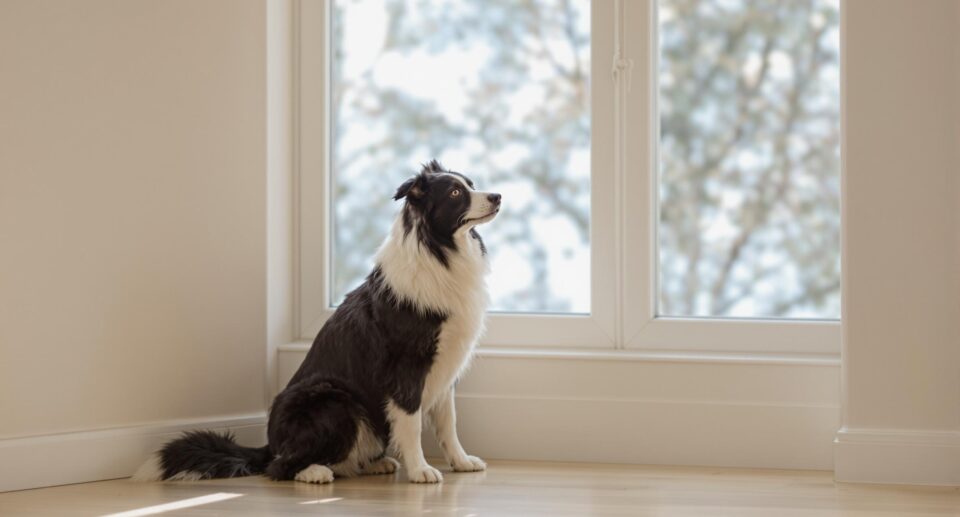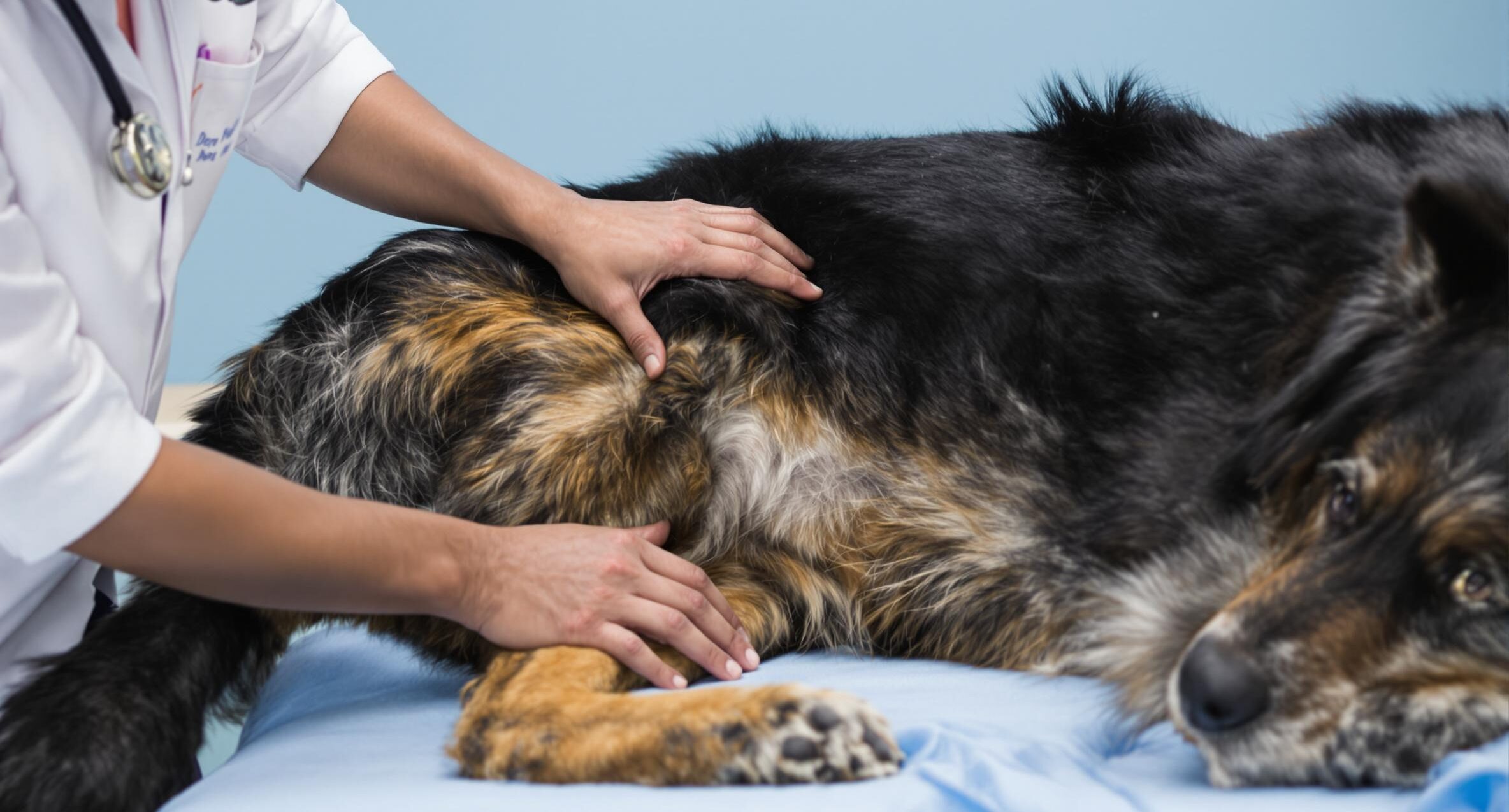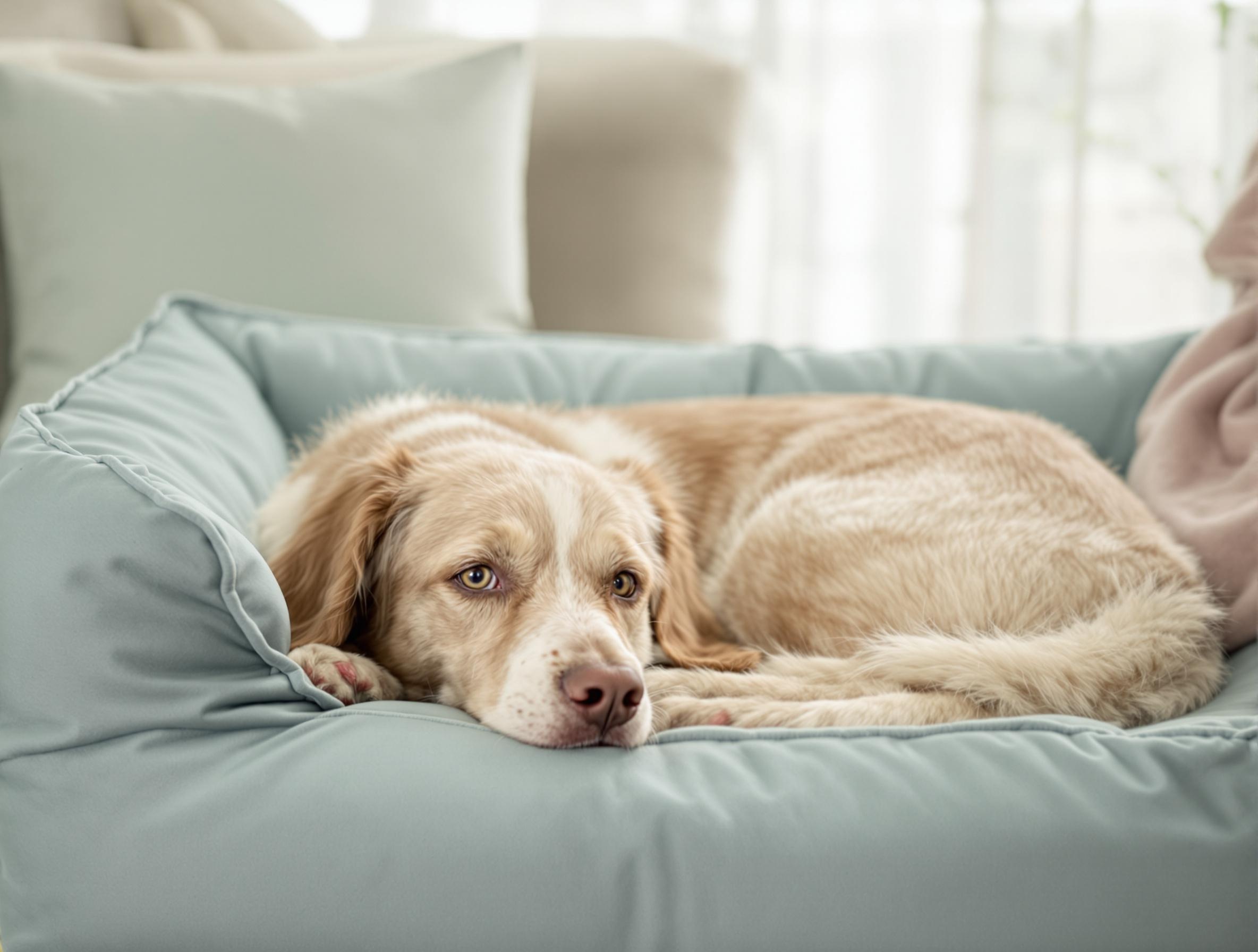Top Risk Factors for Separation Anxiety in Dogs

Separation anxiety is the number one behavioral problem in dogs, so it’s not uncommon if your dog has experienced heightened anxiety when you leave the room. But did you know that by ignoring these symptoms, you could in fact worsen your dog’s behavior? Before you can treat your dog’s separation anxiety there are a few things you need to address, including understanding what separation anxiety really is and identifying the symptoms.
Separation anxiety is a neurological distress response when you or someone your dog is close to leaves the room. As a result, your dog may panic and show physical signs of anxiousness. Common signs of separation anxiety in dogs can include:
- Vocalization such as barking, howling, or whining when you leave
- Destructive behavior including chewing or digging
- Pacing or circling
- Inappropriate elimination (urinating or defecating inside the home)
- Extreme excitement when you arrive home
- Following you from room to room when you are home, or always underfoot
In addition to the symptoms of separation anxiety, there has also been research conducted to address the top risk factors for dogs that develop separation anxiety. These include:
- Female owner
- Dog was adopted from a shelter or pet store
- Male dogs are more likely to develop separation anxiety
- Single caretaker
- Dog owner lives in an apartment (sounds from surrounding tenants can be frightening to your dog)
- Playing within 30 minutes of you arriving home
A key factor in separation anxiety is that the behavior is consistent. Some dog owners may complain of coming home to torn furniture or chewed up clothing items. But if this behavior is sporadic, it’s possible your dog may be afraid of loud noises, including thunderstorms or nearby neighbors. To better diagnose your dog’s behavior and to help you to determine if your dog has consistent symptoms of separation anxiety, we recommend setting up a video camera to record your dog’s behavior while you are away.
There are several pet meds to help reduce your dog’s separation anxiety including over-the-counter products using natural pheromones or even prescription pet medications to help calm your dog’s nerves.
Although dog crates are helpful in managing destructive behavior, it is important to never use them as punishment.





